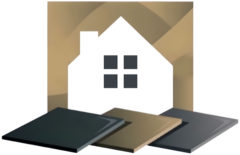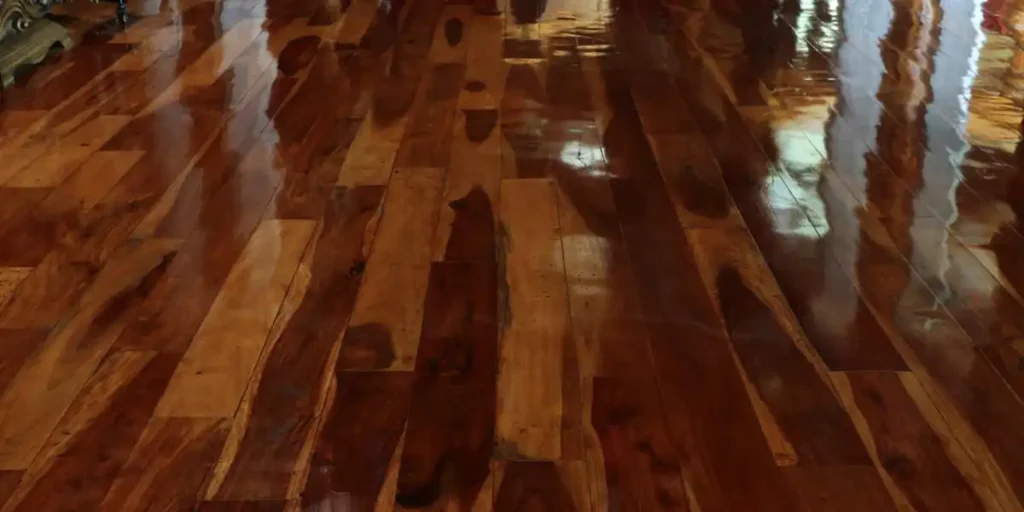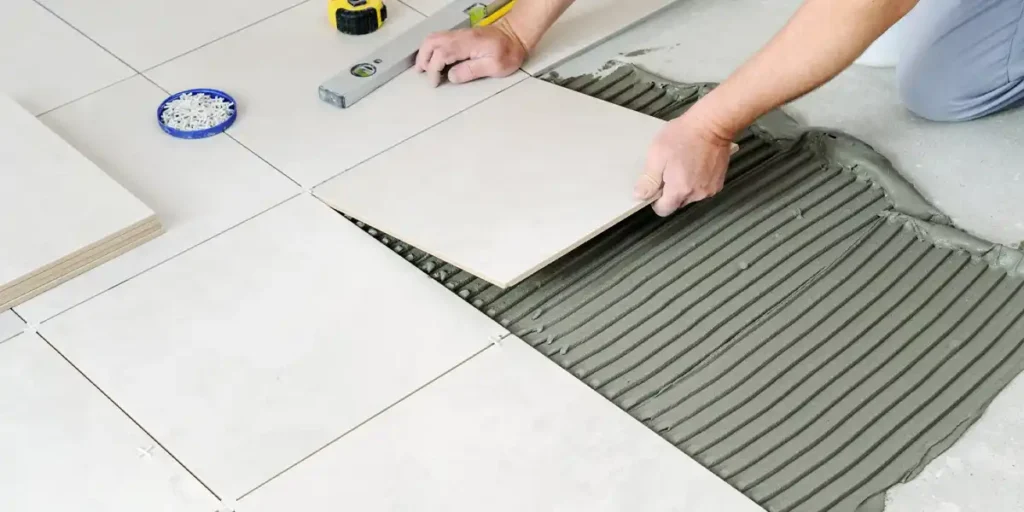So, you’re considering an upgrade to beautiful hardwood floors? That’s an excellent decision!
Hardwood flooring offers timeless elegance, durability, and value. However, selecting the right species for your floors can feel overwhelming. With so many options available, the question arises: what tree species are best for hardwood flooring, and which one suits your needs?
This comprehensive guide explores the most popular species used for hardwood flooring, highlighting their characteristics, benefits, and considerations.
Understanding Hardwood: What Tree Species is Used for Hardwood Flooring?
Hardwoods come from deciduous trees that shed their leaves annually. They are generally denser and more durable than softwoods, making them ideal for flooring, furniture, and structural timbers.
However, “hardwood” doesn’t always equate to hardness; it’s more about the tree type. For example, balsa is a hardwood but is very soft, while yew, a softwood, is harder than some hardwoods.
When it comes to flooring, the focus is on durability, grain patterns, and the ability to withstand daily wear. Hardwoods like oak, maple, and walnut are preferred for their balance of strength, beauty, and longevity.
Popular Hardwood Flooring Tree Species
When choosing hardwood flooring, the tree species plays a vital role in determining durability, aesthetics, and maintenance requirements. Here’s a deeper dive into the most popular hardwood flooring options:
1. Oak: The Timeless Favorite
Oak stands as a benchmark for hardwood flooring, celebrated for its remarkable durability, attractive grain, and versatility to fit various design styles. It comes in two primary types:
- Red Oak: Known for its warm, reddish undertones and prominent grain patterns, red oak adds a cozy charm to traditional or rustic interiors. It’s slightly softer than white oak but still robust enough for most homes.
- White Oak: A modern favorite, white oak offers subtle grain patterns and a cooler, darker hue. Its natural water resistance makes it a better choice for areas prone to occasional spills or humidity, such as kitchens and entryways.
2. Maple: Sleek and Durable
Maple is the go-to choice for homeowners seeking a clean, contemporary aesthetic. Its pale color and minimal grain create a sleek, modern vibe.
- Hard Maple: With superior resistance to dents and scratches, hard maple is ideal for high-traffic areas such as living rooms and hallways.
- Soft Maple: While more budget-friendly, soft maple lacks the durability of its harder counterpart, making it suitable for less demanding spaces.
3. Cherry: Warm and Inviting
Cherry hardwood is prized for its rich, reddish-brown tones that deepen with age, adding character and warmth to any room.
- Pros: Its natural elegance makes cherry an excellent choice for formal living spaces or bedrooms.
- Cons: As a softer hardwood, cherry is more prone to dents and scratches, limiting its suitability for high-traffic or active households.
4. Walnut: Luxury and Sophistication
Walnut’s deep brown tones and straight, fine grain make it a standout option for luxury interiors.
- Pros: It offers excellent stability and resistance to warping, ensuring long-lasting beauty.
- Cons: Walnut’s premium appeal comes at a higher cost, making it less budget-friendly.
5. Hickory: The Powerhouse
Hickory is unmatched in strength, making it an ideal choice for busy homes and commercial spaces.
- Pros: Its exceptional hardness withstands heavy foot traffic and frequent use.
- Cons: Hickory’s distinctive grain patterns can be polarizing, requiring thoughtful consideration for design harmony.
Factors to Consider When Choosing Hardwood Flooring
Selecting the right species requires balancing aesthetics, functionality, and environmental factors:
- Durability: For areas with heavy use, opt for harder species like hickory, oak, or hard maple.
- Budget: Domestic species like oak and maple are affordable, while exotic woods like teak and mahogany come with a premium price tag.
- Style: Light woods like maple complement modern designs, while darker species such as walnut add sophistication to traditional settings.
- Climate: High humidity levels call for more stable options like engineered hardwood or naturally moisture-resistant species such as white oak.
- Maintenance: Some woods, like cherry and walnut, require more frequent care to maintain their finish and prevent wear.
Final Thoughts
Choosing the right tree species for your hardwood flooring is a blend of practicality and personal preference. Whether you prioritize durability, aesthetics, or cost, understanding the unique characteristics of each wood will guide you toward the best decision for your home.
Oak offers classic appeal, maple provides sleek durability, and walnut brings a touch of luxury, while hickory stands out for its unmatched toughness.
By considering your lifestyle, climate, and design preferences, you can confidently select a hardwood species that combines beauty, strength, and longevity. Investing in the right hardwood floors ensures a timeless addition to your home that you’ll cherish for decades.
Need help planning your hardwood flooring project? Reach out to Cardenas Flooring for expert guidance and a seamless installation experience.
FAQs
Which hardwood species is the most durable for flooring?
Hickory is considered the most durable domestic hardwood due to its exceptional hardness and resistance to dents and scratches. White oak and hard maple are also highly durable, making them excellent choices for high-traffic areas or homes with pets. Exotic species like Brazilian walnut offer even greater hardness but are typically more expensive. When choosing a species, consider both durability and maintenance needs to ensure your floors stand up to daily wear and tear.
What is the most affordable hardwood species for flooring?
Red oak is one of the most affordable and widely available hardwoods, offering excellent durability and an attractive grain pattern. Maple is another budget-friendly option that provides a modern look. For tighter budgets, engineered hardwood floors featuring a thinner veneer of oak or maple can provide the aesthetic of solid hardwood at a lower cost. Always compare prices and installation costs to stay within budget.
Are exotic hardwoods worth the cost?
Exotic hardwoods, such as Brazilian cherry and teak, offer unique aesthetics, exceptional durability, and increased resistance to moisture and pests. While their initial cost is higher, they are often worth the investment for high-end homes or spaces where long-term durability is a priority. However, they may require more specialized maintenance and are less environmentally friendly due to their sourcing.
Which hardwood species are best for homes with pets?
Homes with pets benefit from harder species like hickory, hard maple, and white oak, as they resist scratches from claws and wear from heavy traffic. Consider applying a durable finish like polyurethane to add an extra layer of protection. Regular maintenance, including sweeping to remove grit, is essential to preserve the floor’s appearance.
How do I choose the best hardwood for my home’s style?
The wood species you choose significantly impacts the overall aesthetic. Light woods like maple and ash provide a clean, modern look, while darker options like walnut and cherry add warmth and sophistication. Oak offers a versatile, classic style that works well in most settings. Grain patterns also play a role—subtle grains suit contemporary spaces, while pronounced patterns add character to rustic or traditional designs.




